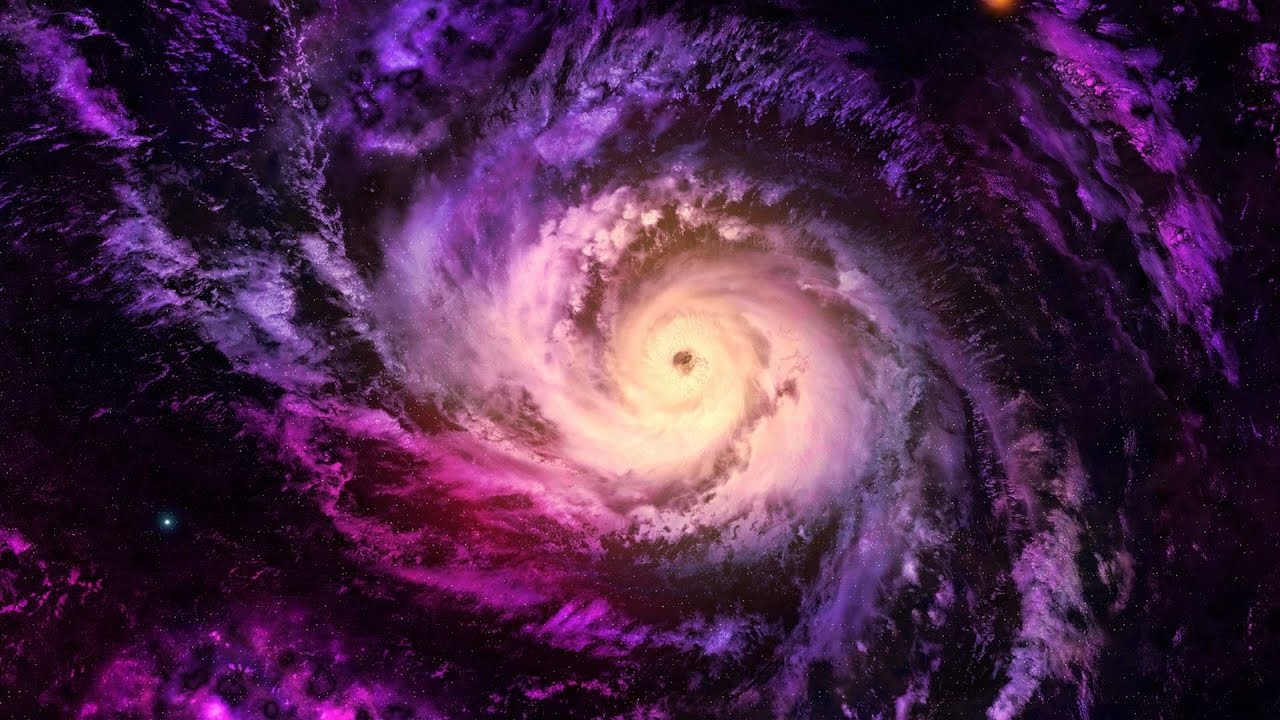- Sirian - Sep-19
- Essassani - Sep-23
- Arcturian - Sep-26
- Orion - Sep-29
- Andromeda - Oct-3
- Pegasus - Oct-7
- The Milky Way - Oct 10
Note: All of these are scheduled at 3 AM GMT.
Sirius
Sirius is a triunal stellar system, which consists of three Solar Deities: Sothis, Satais, and Anu (identified by your astronomers, respectively, as Sirius A, Sirius B, and Sirius C.)
In the universe of matter, Sothis shines brighter than any star in your night sky, dominating the celestial canopy during the winter of your Northern hemisphere. It is the fifth nearest star to your sun, a mere eight light-years from yours, and is inextricably connected to your Solar Deity, RA.
Essassani
A day at Essassani takes 25 hours in our time (it rotates less fast than Earth) and a year lasts 454 days (one orbit around a sun).
Their planet is about 120 million miles from their star, we are 93 million from our Sun.
So their planet makes a wider orbit around their sun (i.e. further away from their sun), but because their sun is hotter than ours, the temperature on their planet is still a pleasant one, averaging 22 degrees Celsius.
Their sun is named Sha, as ours is called Solar.
Arcturus
Arcturus is the brightest star in the constellation of Boötes, the fourth-brightest in the night sky, and the brightest in the northern celestial hemisphere. Together with Spica and Denebola (or Regulus, depending on the source), Arcturus is part of the Spring Triangle asterism and, by extension, also of the Great Diamond along with the star Cor Caroli. When viewed from Earth, it appears to be positioned almost at the north galactic pole of the Milky Way.
Orion
Orion is a prominent constellation located on the celestial equator and visible throughout the world. It is one of the most conspicuous and recognizable constellations in the night sky. It is named after Orion, a hunter in Greek mythology. Its brightest stars are blue-white Rigel (Beta Orionis) and red Betelgeuse (Alpha Orionis).
Andromeda
Although several dozen minor galaxies lie closer to our Milky Way, the Andromeda galaxy is the closest large spiral galaxy to ours. Excluding the Large and Small Magellanic Clouds, which can’t be seen from northerly latitudes, the Andromeda galaxy – also known as M31 – is the brightest galaxy you can see. At 2.5 million light-years, it’s also the most distant thing visible to your unaided eye.
Pegasus
Pegasus is a constellation in the northern sky, named after the winged horse Pegasus in Greek mythology. It was one of the 48 constellations listed by the 2nd-century astronomer Ptolemy, and is one of the 88 constellations recognised today.
The Milky Way
The Milky Way is a barred spiral galaxy with an estimated visible diameter between 170,000 and 200,000 light-years (ly). It is estimated to contain 100–400 billion stars and at least that number of planets.















